Optimal Timing for Windows Installations
Understanding the optimal timing for Windows installations can enhance system performance and reduce downtime. The timing depends on various factors including workload, weather conditions, and hardware readiness. Planning installations during periods of low activity can minimize disruptions and allow for proper setup and testing.
Installing Windows during off-peak seasons such as late fall or early spring can reduce operational interruptions. These periods often have fewer scheduled tasks, making it easier to allocate time for installations.
Ensuring hardware components are prepared and compatible is crucial. Installing Windows after hardware upgrades or replacements can prevent compatibility issues and improve system stability.
Many organizations plan installations during scheduled maintenance windows. This approach minimizes impact on daily operations and allows for thorough testing post-installation.
In regions with extreme weather, scheduling installations during milder periods helps avoid weather-related disruptions, especially if on-site work is involved.
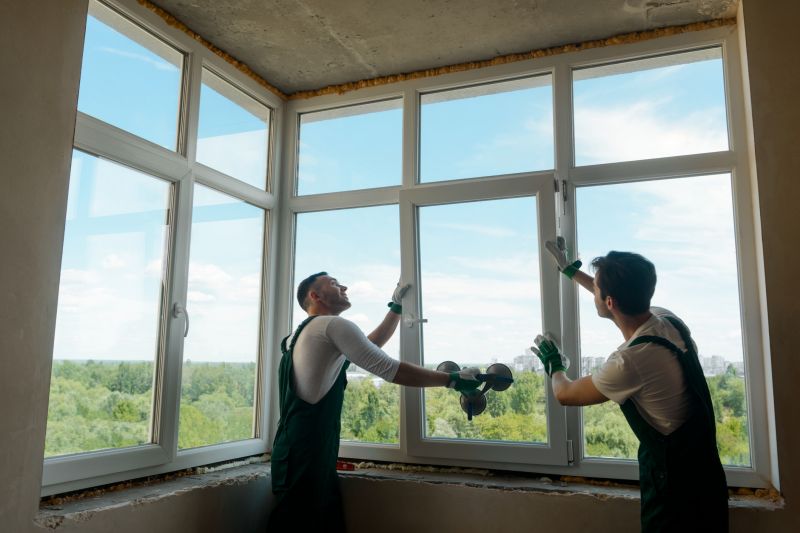
A step-by-step overview of installing Windows, including preparation, setup, and configuration.

Essential tools and software used to facilitate efficient Windows installations.

Visuals depicting typical issues encountered during Windows setup and methods to address them.

Ways to make Windows Installations work in tight or awkward layouts.

Popular materials for Windows Installations and why they hold up over time.

Simple add-ons that improve Windows Installations without blowing the budget.
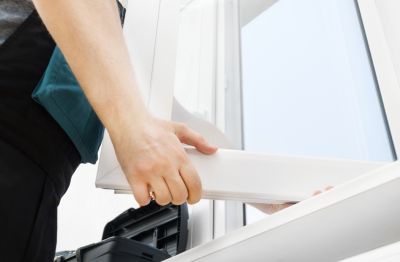
High-end options that actually feel worth it for Windows Installations.

Finishes and colors that play nicely with Windows Installations.
| Factor | Best Practice |
|---|---|
| Workload Cycles | Schedule during low activity periods |
| Hardware Compatibility | Ensure hardware is ready before installation |
| Weather Conditions | Plan during mild weather for on-site work |
| Update Cycles | Align with regular system updates |
| Organizational Downtime | Utilize scheduled maintenance windows |
| Seasonal Factors | Avoid peak seasons of operational demand |
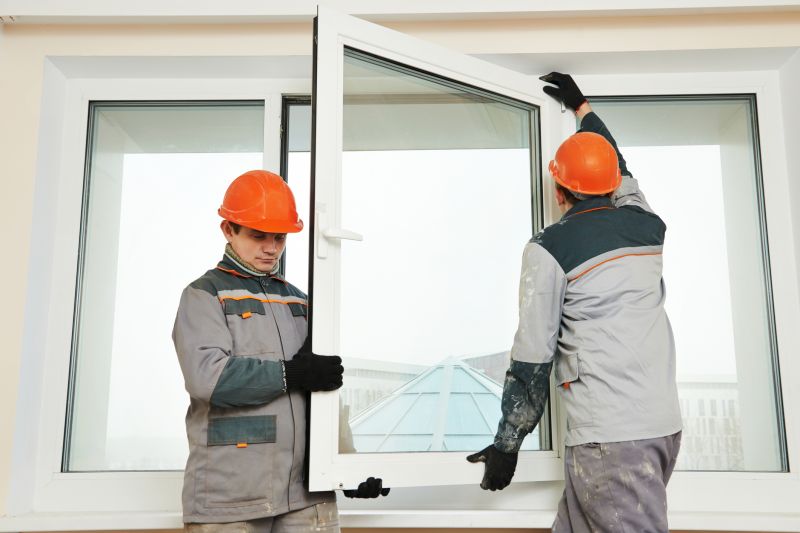
Photo of a technician installing Windows on a desktop system.
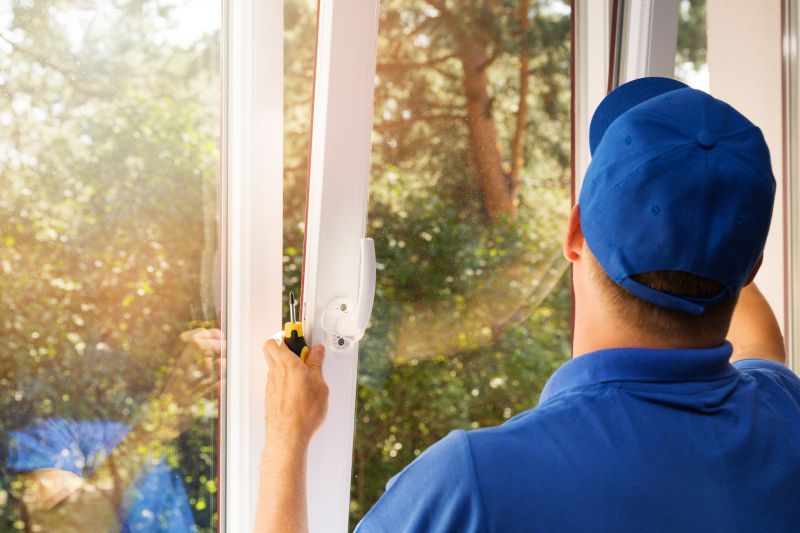
Image showing preparation steps before Windows installation.
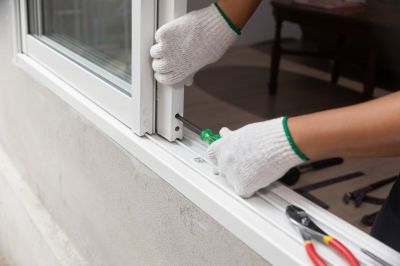
System configuration after Windows setup is complete.
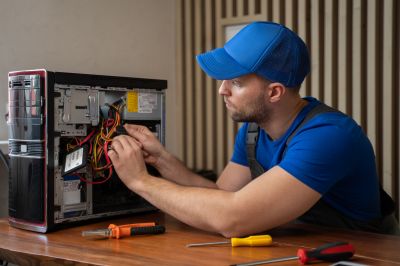
Visual of hardware components being tested for compatibility.
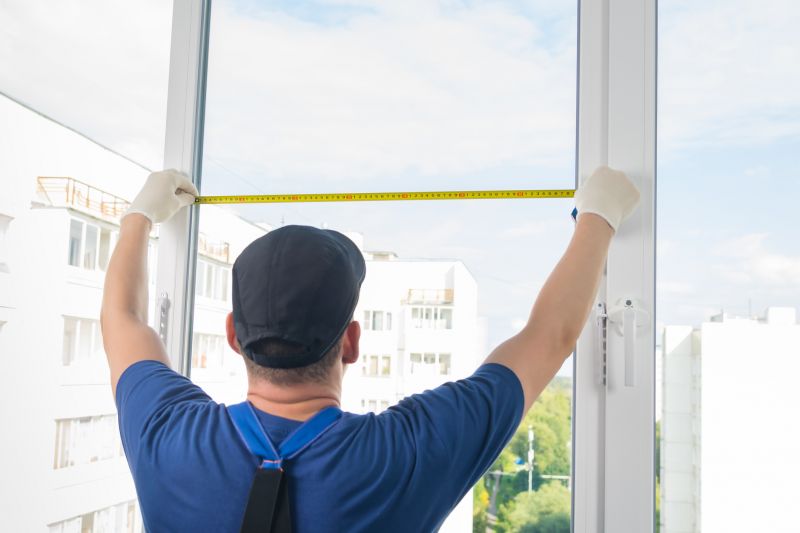
Little measurements that prevent headaches on Windows Installations day.

A 60-second routine that keeps Windows Installations looking new.

A frequent mistake in Windows Installations and how to dodge it.
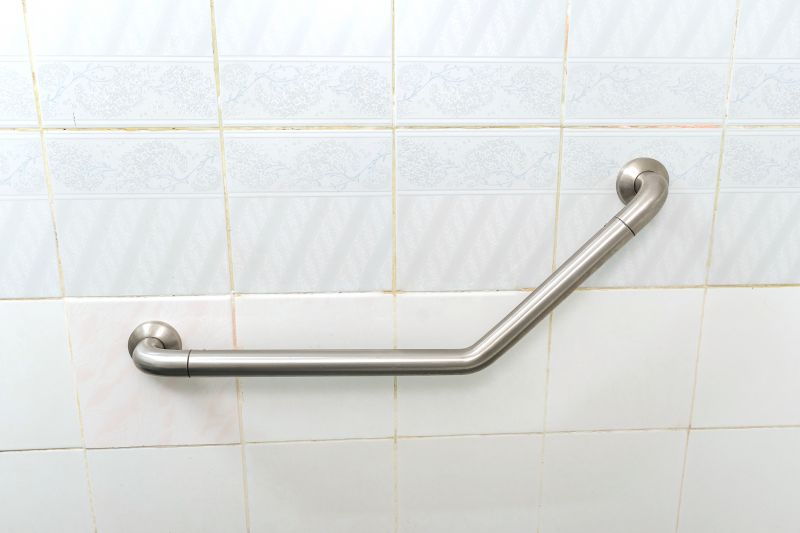
Small tweaks to make Windows Installations safer and easier to use.
Proper timing for Windows installations ensures minimal disruption and optimal system performance. Considering workload patterns, hardware readiness, and environmental factors can contribute to a smoother process. Regularly scheduled maintenance and updates further support stable and secure Windows environments.

Screenshot of Windows installation interface.
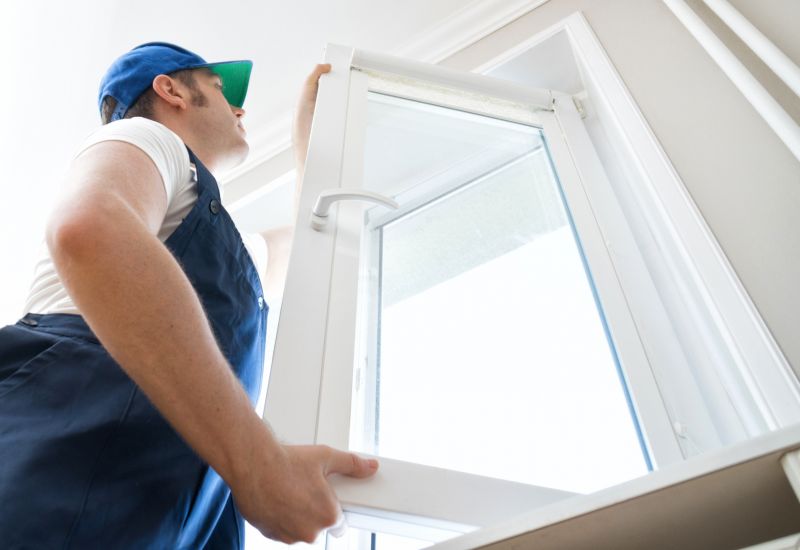
Technicians working on a Windows setup in a professional environment.

A fully installed and configured Windows system ready for use.

Technician assisting with Windows setup issues.
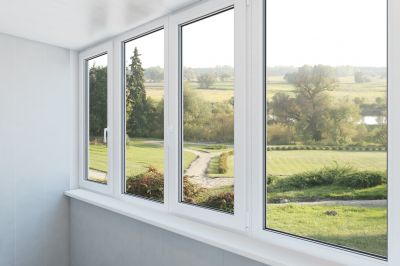
Lower-waste or water-saving choices for Windows Installations.
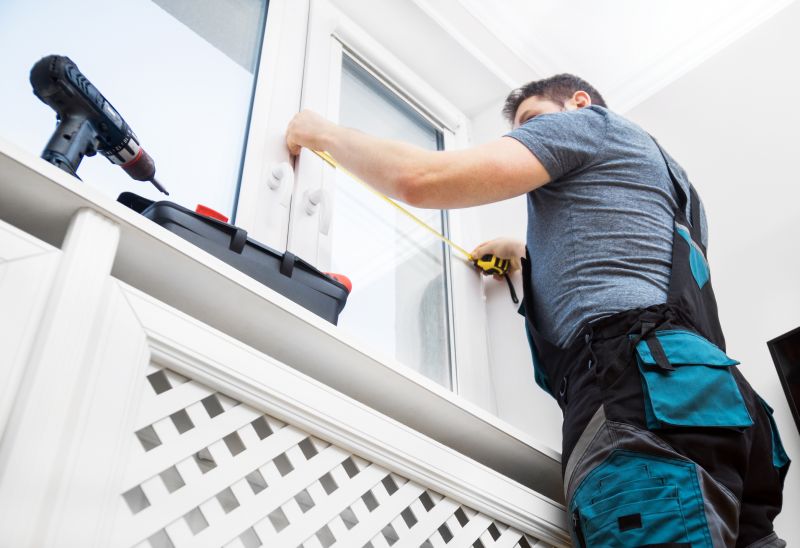
The short, realistic tool list for quality Windows Installations.
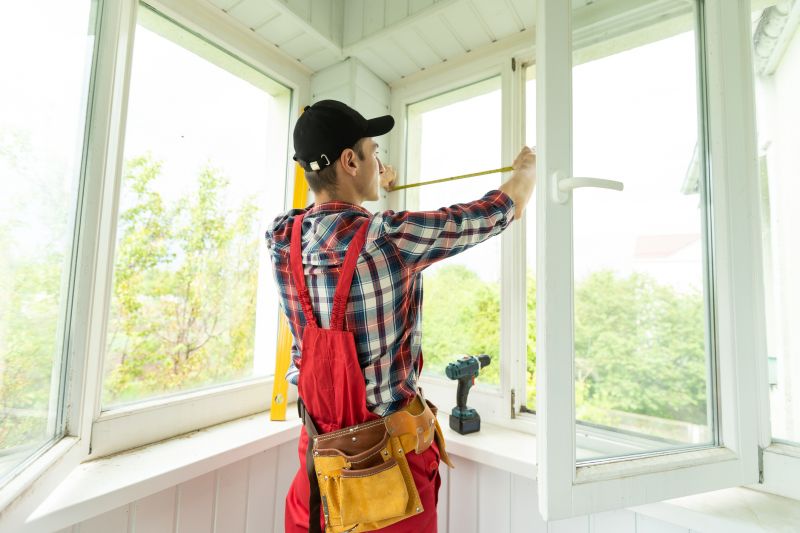
Rough timing from prep to clean-up for Windows Installations.

Quick checks and paperwork to keep after Windows Installations.
Interested in scheduling a Windows installation or learning more about optimal timing? Filling out the contact form can provide tailored guidance to meet specific operational needs and ensure a seamless setup process.

